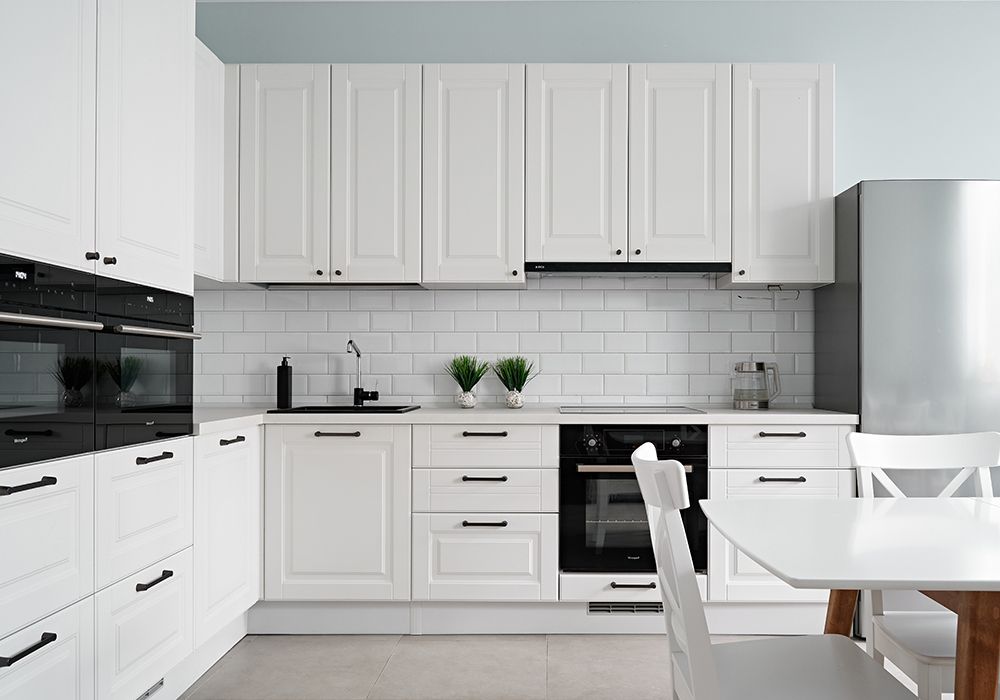
Culinary Spaces Reinvented
The Evolution of Culinary Spaces
In recent years, there has been a revolutionary change in the way culinary spaces are designed and utilized. Gone are the days when the kitchen was merely a place to prepare meals. Today, the culinary space has transformed into a multifunctional hub of activity within the home and professional settings. This evolution reflects the growing interest in cooking as a leisure activity, a passion for healthy living, and the desire to socialize in a more intimate setting.
Designing for Experience
Modern culinary spaces are now being designed with experience in mind. This includes larger, open areas that not only accommodate multiple cooks but also allow for interactions with guests. The inclusion of expansive islands or peninsulas promotes a sense of community and collaboration. The design materials and aesthetics are also evolving, with a focus on creating an inviting and warm ambiance that encourages people to spend more time in these spaces.
Technology Integration
Technological advancements have been integrated into culinary spaces to an extent that was previously unimagined. Smart appliances that can be controlled remotely, integrated touch screens for recipe references, and even voice-controlled equipment are all features that are enhancing the cooking experience. Refrigerators can now monitor food inventory and suggest recipes, while ovens can be preheated remotely or with a simple voice command, making the culinary process more efficient and enjoyable.
The Emergence of Multipurpose Fixtures
As culinary spaces evolve to become more versatile, the fixtures within them adapt as well. Multipurpose items such as retractable pot fillers, convertible sinks, and adaptable storage solutions are becoming staples in the modern kitchen. These features allow for a seamless transition between different cooking and socializing activities, ensuring that the space remains functional no matter the occasion.
Outdoor Culinary Spaces
The reinvention of culinary spaces extends beyond the confines of indoor settings. Outdoor kitchens and dining areas are becoming increasingly popular as they blend the comforts of the indoors with the beauty of nature. This shift is not only evident in residential design but is also seen in commercial spaces where al fresco dining and open-air cooking have become major draws for customers seeking unique dining experiences.
Sustainability and Culinary Design
Sustainability has also become a key consideration in the design of culinary spaces. Energy-efficient appliances, sustainably sourced materials, and composting solutions are being implemented to reduce the environmental impact. The modern culinary space is not just about aesthetics and functionality, but also about contributing to a healthier planet through responsible design choices.
Conclusion: The Future of Culinary Spaces
The culinary space of the future is set to be even more innovative and accommodating. With a growing emphasis on health, sustainability, and communal experiences, these spaces will continue to adapt to our changing lifestyles. Whether it is through technology, design, or a combination of both, culinary spaces are being reinvented to enrich our interactions with food, family, and friends.